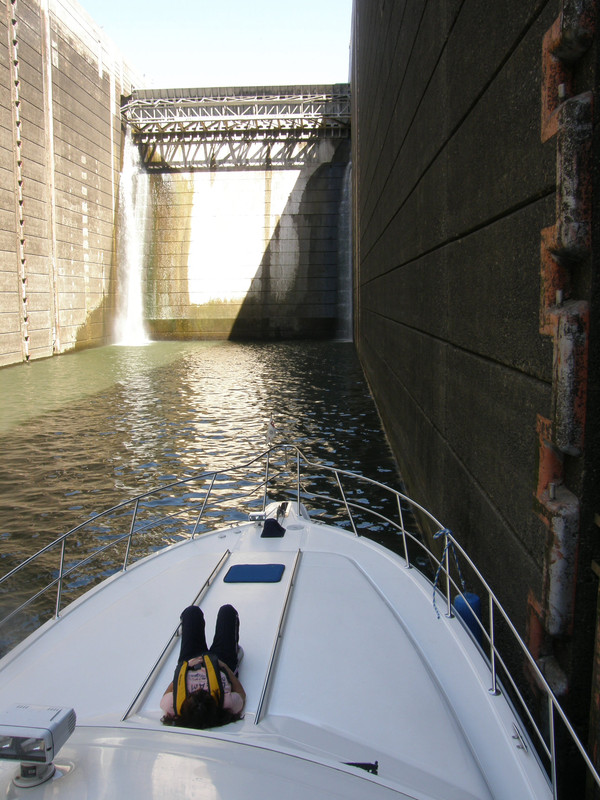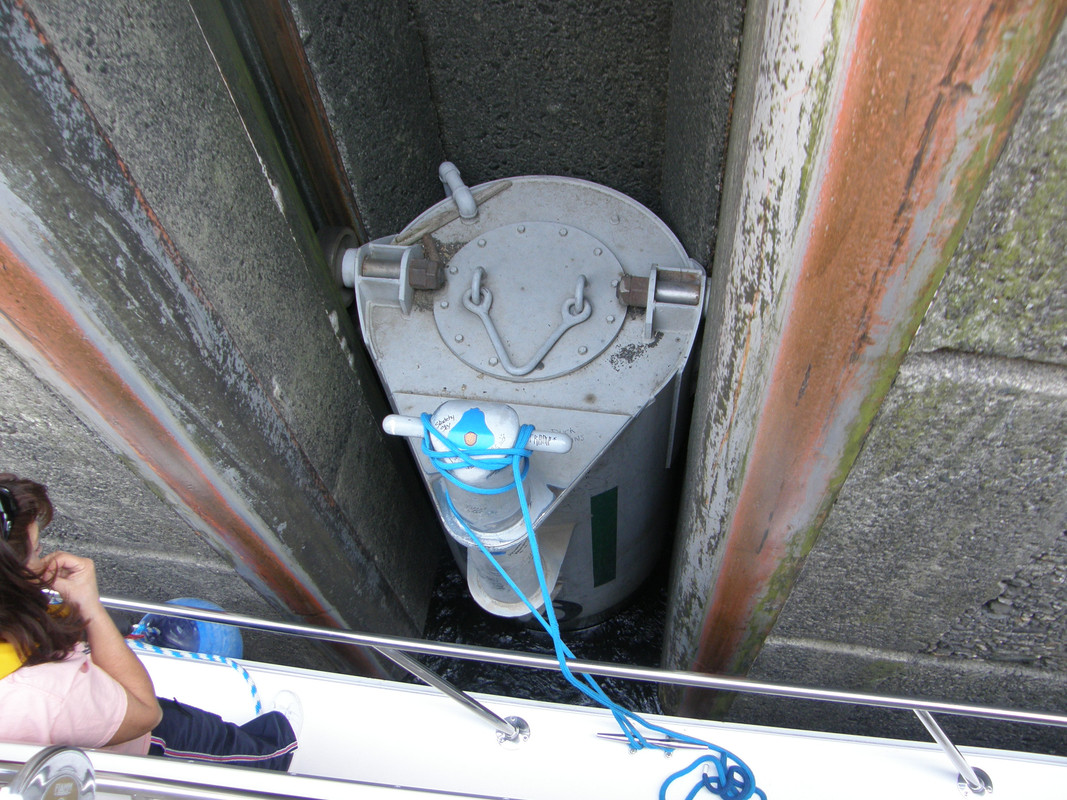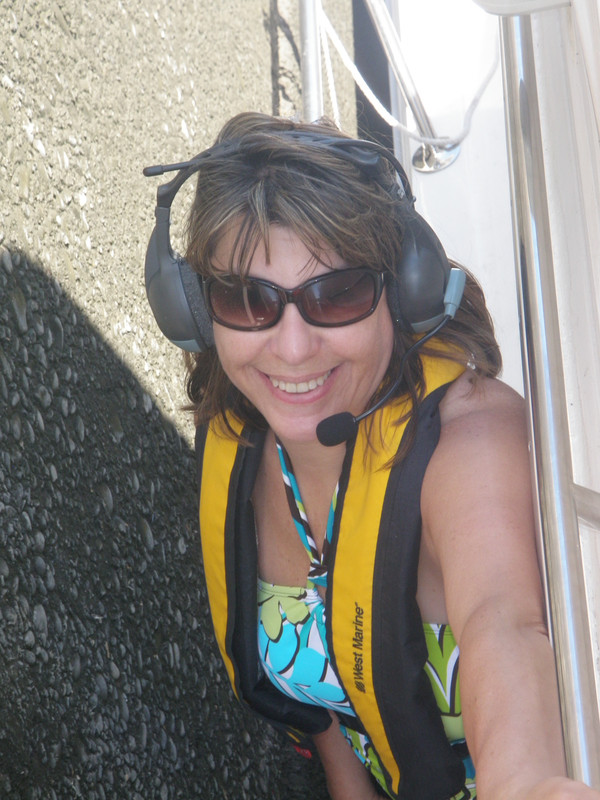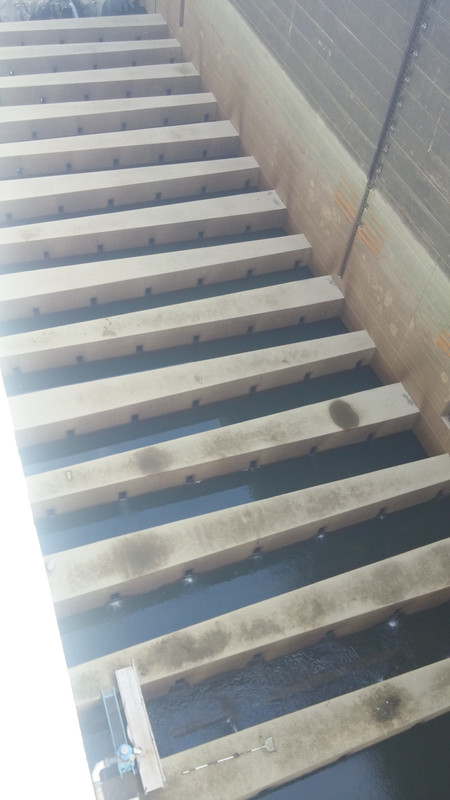In a thread about delivering a boat from FL to the Great Lakes there was some discussion about whether a third person is needed when going through the locks. General consensus was that only two are needed.
That brought to my feeble old mind the question of how all of you tie up in the locks.
When we go through the locks on the Columbia and Snake Rivers we're in locks where the lift is usually around 100' or higher. Many boaters tie up to the bollards using a bow line and stern line and adjust them as needed.
We use only one line from our mid-ship cleat to the bollard and we make it as short as possible, keeping the boat as close to the wall as possible (we use lots of large fenders). My wife handles the line and all I have to do is position the boat as close to the wall as I can.
What say you? One line or two? One crew on deck or two? How high is the lift in the locks you usually pass through?
That brought to my feeble old mind the question of how all of you tie up in the locks.
When we go through the locks on the Columbia and Snake Rivers we're in locks where the lift is usually around 100' or higher. Many boaters tie up to the bollards using a bow line and stern line and adjust them as needed.
We use only one line from our mid-ship cleat to the bollard and we make it as short as possible, keeping the boat as close to the wall as possible (we use lots of large fenders). My wife handles the line and all I have to do is position the boat as close to the wall as I can.
What say you? One line or two? One crew on deck or two? How high is the lift in the locks you usually pass through?




